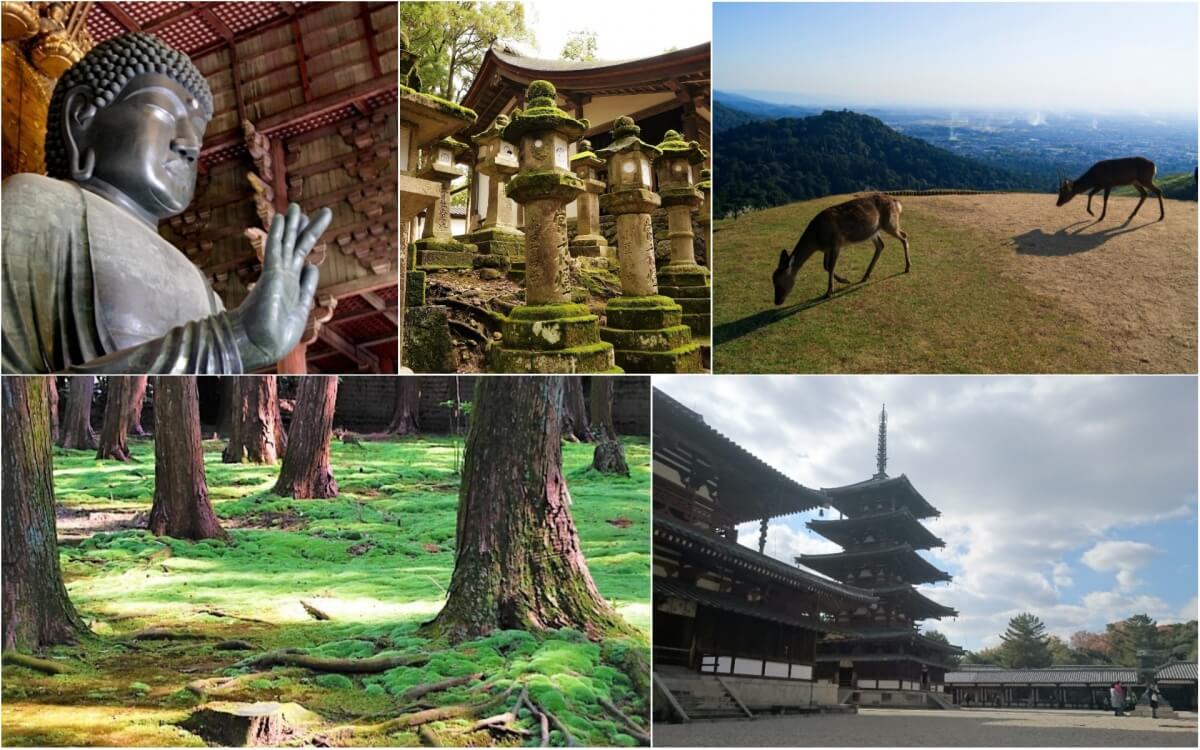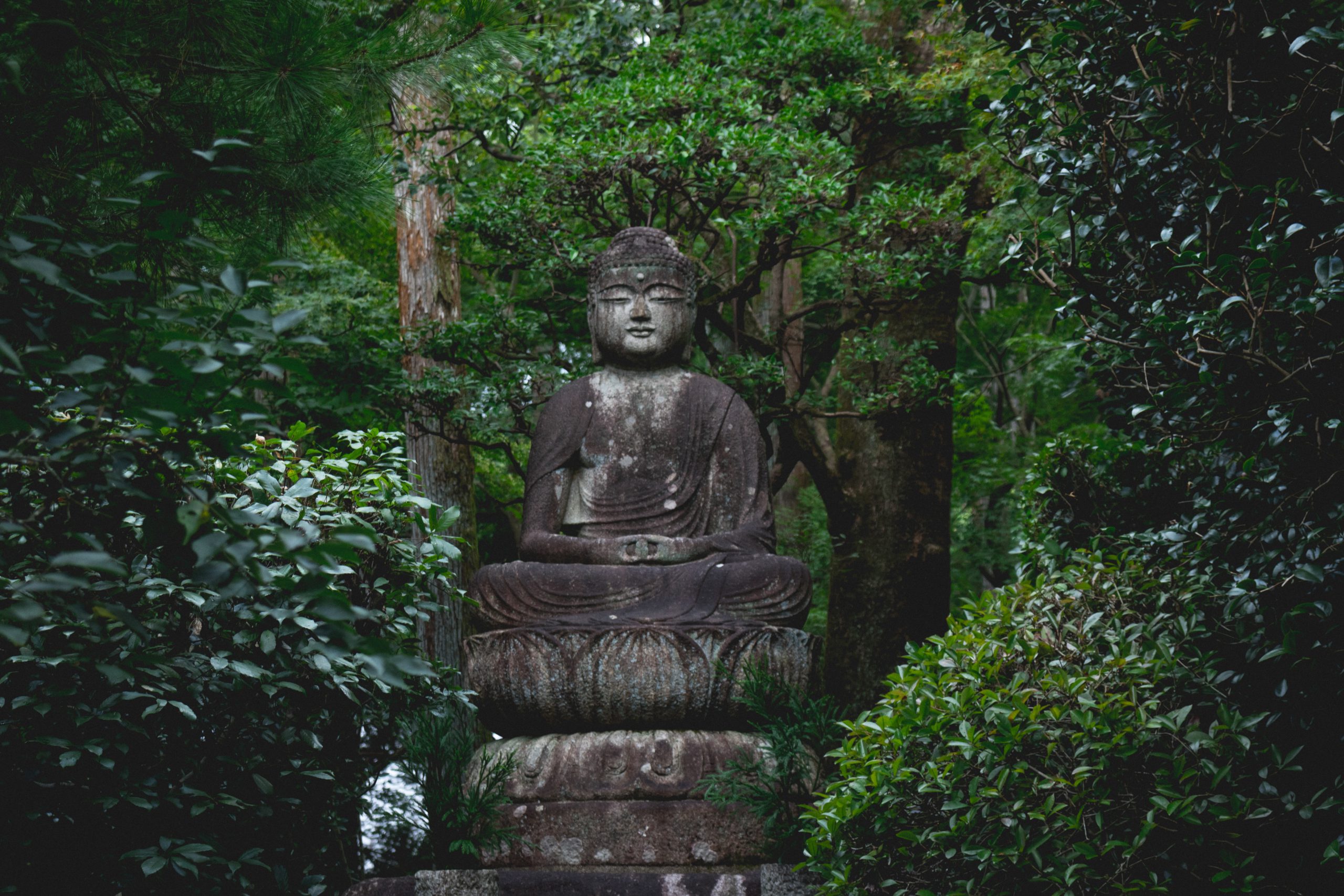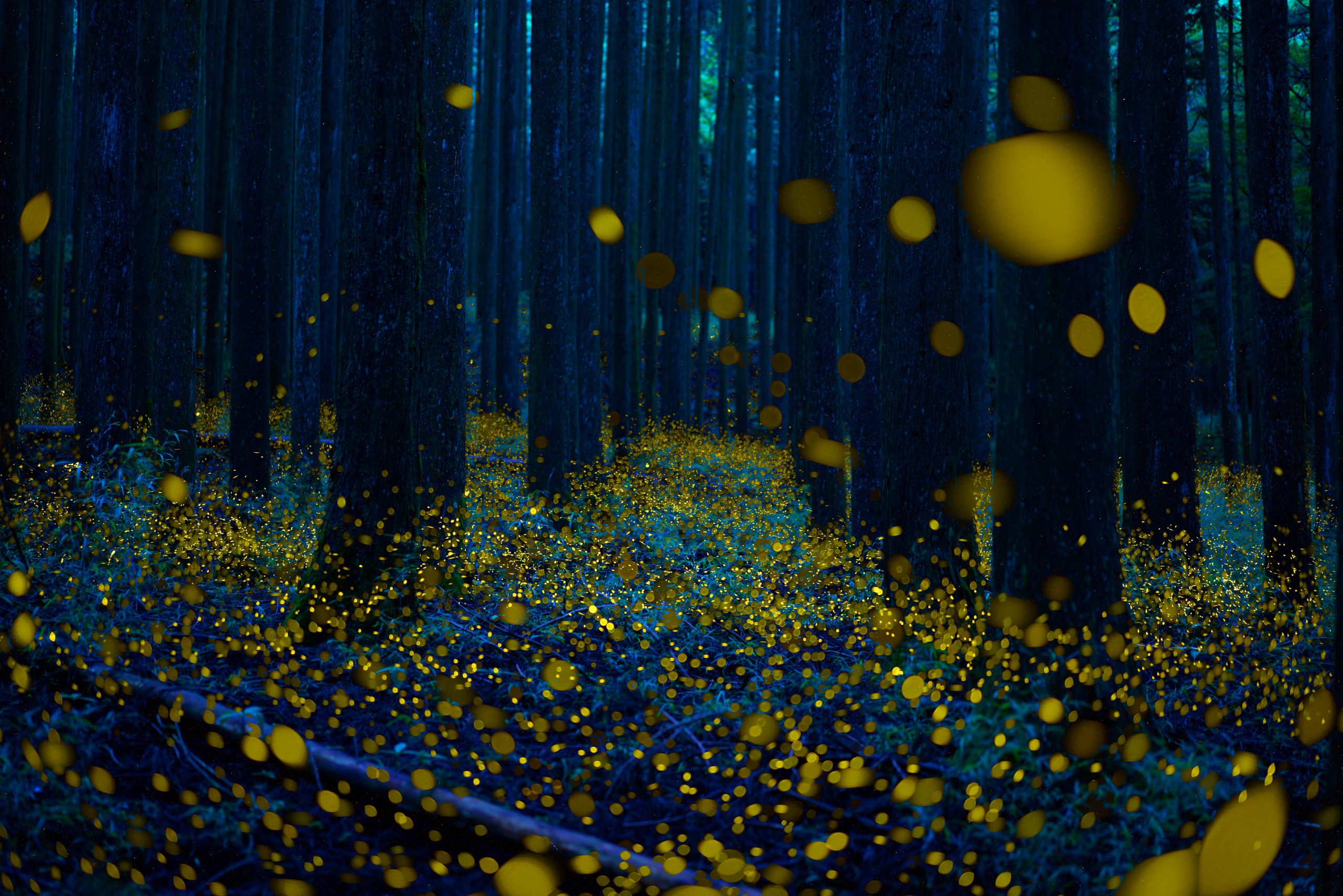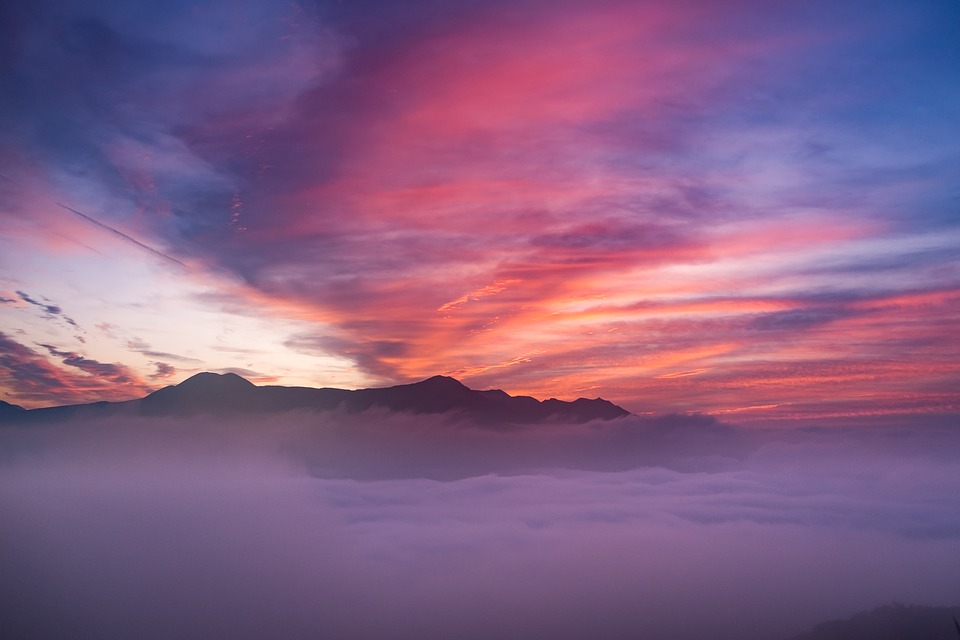Hibutsu literally means “Secret (hidden) Buddha statues” that can be found at some Buddhist temples around Japan. As you might guess from the name, usually they are not opened to the public, keeping them hidden for certain reasons. However, they are occasionally opened to the public during special ceremonies. There are even a few statues that are opened to the public only once every 33 years!
Here we introduce 5 beautiful Hibutsu which you can see every year for a limited period, and where and when to see them.
What is “Hibutsu”?
“Hibutsu” (秘仏) refers to special Buddhist statues that are generally kept secret at temples in Japan. As we mentioned above, they are rarely shown to the public, and we can see them only on specific occasions. “Gokaicho” (御開帳) is a special ceremony which is held annually, or every few years depending on temples. On the day, visitors are allowed to take a glimpse of Buddha statues hidden behind the door of miniature shrines called “Zushi” (厨子), which is located inside the main hall of the temple.
Hibutsu is known as a unique religious custom which can be seen only in Japan among other Buddhist countries across Asia. Although the origin and history of Hibutsu remain unclear, it is believed to date back to the 9th century. Some experts support the theory that it was initially based on religious beliefs of Shinto, which is known as an indigenous Japanese religion. In Shinto, Gods are regarded as intangible without physical form, and main halls are opened only for special purposes. Since Hibutsu statutes are considered to play a role to embody the Gods, they need to be kept concealed from public views except for special occasions.

Guze Kanzeon Bosatsu (Horyuji)/Nara
Horyuji is one of the most famous Buddhist temples in Japan. Nestled in Nara prefecture, it is also known as the oldest wooden structure in the world, which is believed to be established by Empress Suiko and Prince Shotoku in 607. In 1993, it became the first UNESCO World Heritage Site in Japan along with Himeji Castle in Hyogo prefecture.
“Guze Kanzeon Bosatsu” is a wooden Buddha statue which is kept “Yumedono” (夢殿), a symbolic building at Horyuji grounds. This extraordinary masterpiece is estimated to be built in the 7th century, and is believed to resemble Prince Shotoku, who served under Empress Suiko and established Horyuji. During the Edo period,(1603-1868), it has been kept hidden for over 200 years , and even monks of Horyuji were strictly prohibited from seeing it. It is now shown to the public twice a year, from April 11th to May 5th, and from October 22nd to November 22nd.
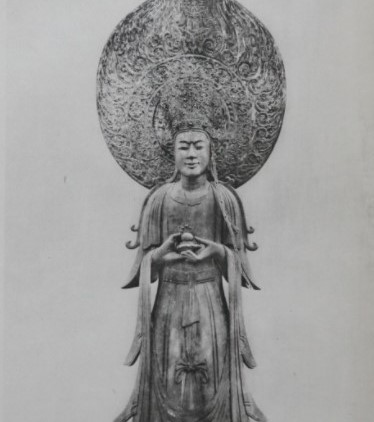
Juichimen Kannon Ryuzo(Hokkeji)/Nara
Nara is home to another famous Buddhist temple, Hokkeji. It was originally established by Empress Komyo in 745 as a main nunnery temple which played a role as a center of other small nunneries established nationwide. It was built on the site of the private residence of Fujiwara no Fuhito, her father who was a powerful court noble from the 7th to 8th century.
“Juichimen Kannon Ryuzo” is a popular Hibutsu statue modeled after Empress Komyo. It is kept at the main hall and on the list of National Treasure. The graceful figure and sacred atmosphere clearly tell us the beauty of Empress Komyo back in ancient times. You will also find the small faces on the top of the standing statue very unique and impressive!
It is only opened to the public for a certain time in spring and fall every year.
Mujakubosatsu Ryuzo(Kofukuji)/Nara
Conveniently located within a 20min walk from JR Nara station, or a 5 min walk from Kintetsu Nara station, Kofukuji attracts numerous tourists from around the world along with other historic sites nearby. It is recognized as a national headquarters of Hosso Sect, and once used to serve as one of the most powerful seven Buddhist temples in Nara area. It was originally established as a family temple of the Fujiwara family, which had an incomparable political power during the Nara and Heian Periods. Although most of the original buildings were destroyed by fire and battles over centuries, there are some that have survived from the Kamakura period (1185-1333).
“Mujakubosatsu Ryuzo ” refers to two symbolic wooden statues that were created by Unkei, a famous Japanese sculptor and his pupils during the Kamakura period. They resemble “Mujaku”, an ancient Indian erudite monk and his brother “Seshin” who established the fundamental concept of Hosso Sect. The sophisticated details and carvings make the statue look by far more realistic than other mediocre ones. They are stored in Northern Round Hall which is designated as National Treasure as well. They are open to the public twice a year in spring and fall, usually from the fourth Saturday in April and the fourth Saturday of October for just 2 weeks.
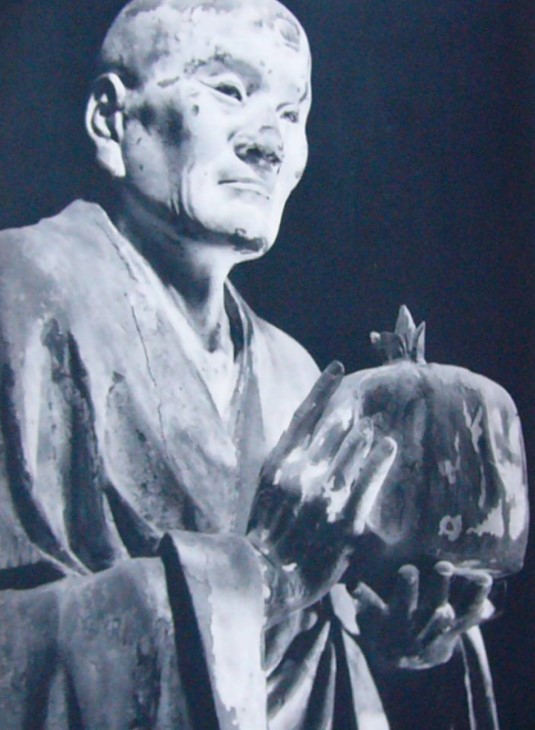
Nyoirin Kannon Zazou(Kanshinji)/Osaka
Kanshinji in Osaka is a historic temple which belongs to the Shingon Sect of Buddhism. The main hall called “Kondo” (国宝) has a history of more than 650 years, and it is officially designated as National Treasure.
“Nyoirin Kannon Zazou” is an iconic Hibutsu statue which is kept at the main hall. It features a design which is typical of Buddha statues made back in the 9th century. Since it has been preserved in a good condition for centuries, we can still enjoy the beautiful design and colors even today. The 108.8cm sitting statue is unveiled for the public for only two days, from April 17th to 18th every year!
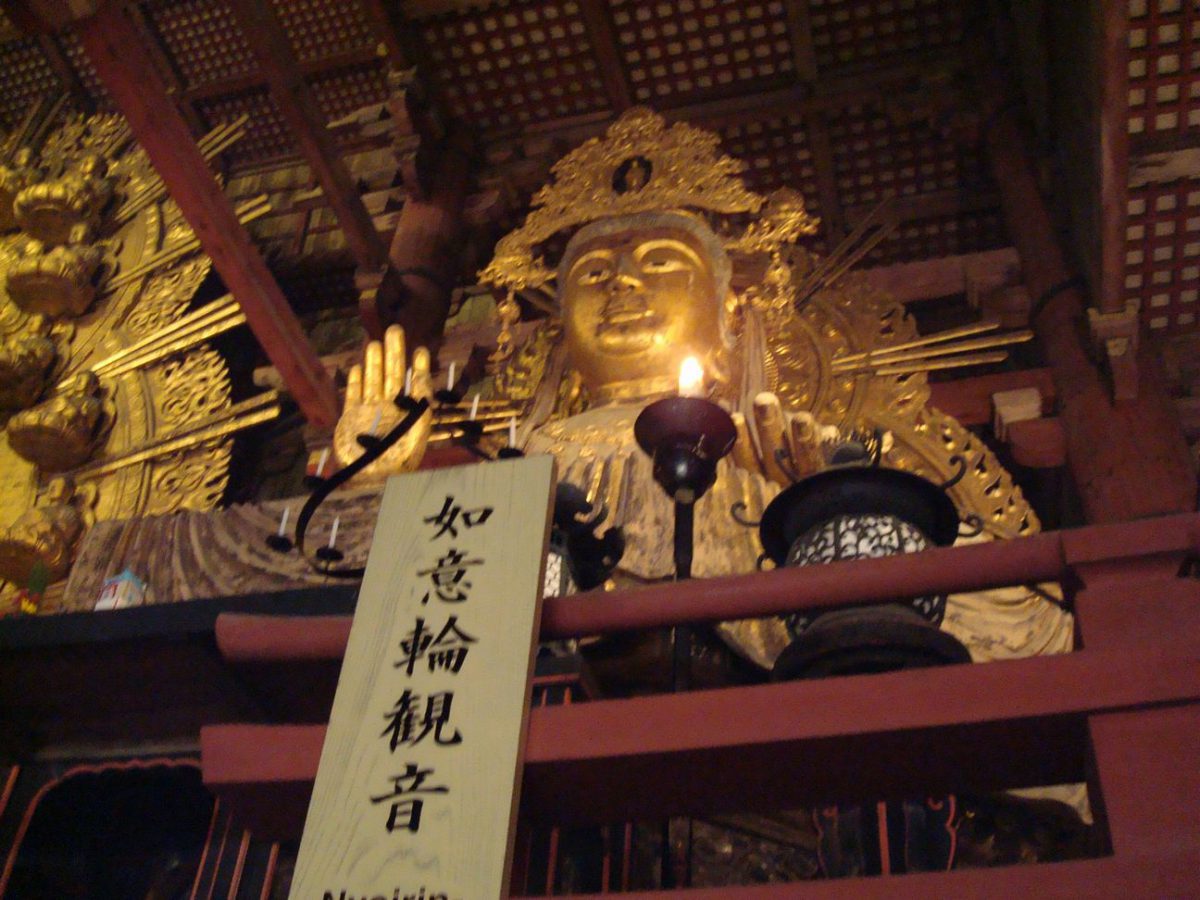
Juichimen Kannon Ryuzo(Mieji)/Gifu
It is about a 25min walk from JR Gifu station to reach Mieji, a historic temple which houses the oldest Buddha statue in Gifu prefecture. It belongs to Tendai Sect, and the establishment of the temple dates back to the Nara period (710-794). It was originally built in Mizuho city, which is approximately 11 km west of the current location. It was later relocated during the 16th century by Saito Dosan, a powerful Samurai who ruled the region, aiming to create a lively castle town around Gifu castle. Nestled in the heart of Gifu area, this small temple offers a peaceful and sacred atmosphere which fascinate visitors.
It houses a number of Buddha statues that can be found around the temple grounds. “Juichimen Kannon Ryuzo” is a 180m wooden statue which was completed in the late Nara period. Designated as Important Cultural Property, it fascinates visitors with a peaceful face and incredible beauty. It also features a unique technique called “Datsukansitsu”, a traditional Japanese technique which is used to make high-quality Buddha statues. It is also applied to other famous Buddha statues mainly in the Kansai region such as Kyoto and Nara, but in the Chubu area, here is the only place to see the statue with that technique. You can only see it once a year, every year on April 18th.
Japan Wonder Travel Tours
Japan Wonder Travel is a travel agency offering guided tours in Japan.
From private walking tours to delicious Food and Drink tours, we will organize the best tours for you!
If you want to explore around Japan to learn more histories and backstories of the area, our knowledgeable and friendly guide will happily take you to the best spots!
Also, we can provide you with any assistance for your upcoming trip in Japan, so please feel free to contact us if you have any questions/need some help!

Although it is not easy to get a chance to see Hibutsu in person, it is definitely worth planning your trip in accordance with the schedule of the official event for public views. You can also visit these historic temples on an ordinary day to explore the sacred buildings and priceless cultural properties that have been preserved for centuries. In either case, it will become a memorable experience during your stay in Japan!
Follow us on Instagram, Facebook and Twitter for more travel inspiration. Or tag us to get featured!
Happy travelling!
Stay informed of the best travel tips to Japan, the most exciting things to do and see, and the top experiences to have with the Japan Wonder Travel Newsletter. Every week we will introduce you to our latest content.
Other articles for you

